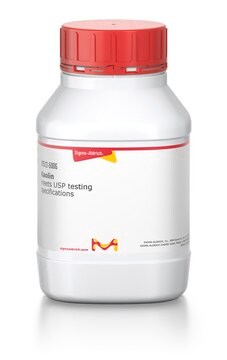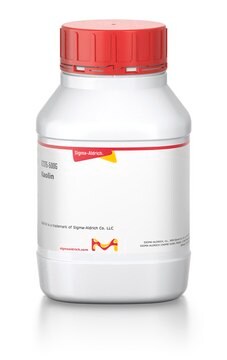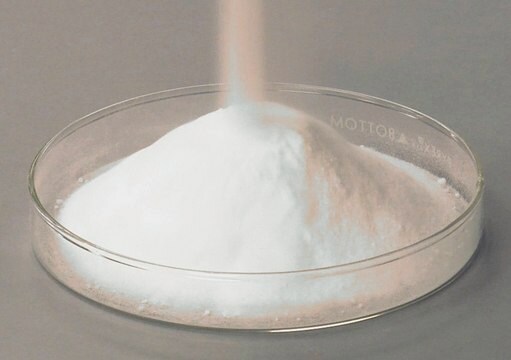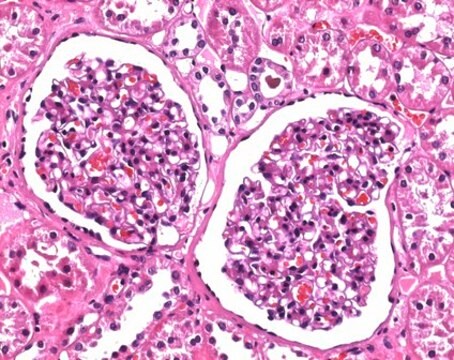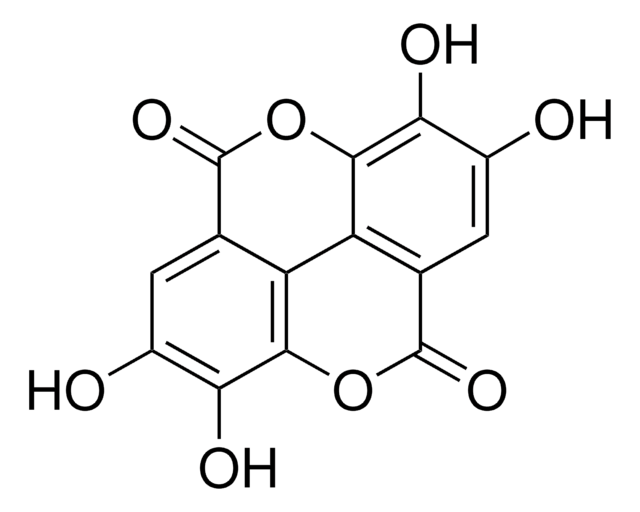60609
Kaolin
tested according to Ph. Eur.
Sinónimos:
Kaolinum ponderosum, Aluminum silicate hydroxide, Bolus, Hydrated aluminum silicate
About This Item
Productos recomendados
agency
USP/NF
tested according to Ph. Eur.
Quality Level
form
solid
application(s)
pharmaceutical (small molecule)
InChI
1S/2Al.O5Si2.2H2O.2O/c;;1-6(2)5-7(3)4;;;;/h;;;2*1H2;;/q2*+1;-2;;;;
InChI key
NLYAJNPCOHFWQQ-UHFFFAOYSA-N
¿Está buscando productos similares? Visita Guía de comparación de productos
Application
- Cellulose fibres enhance the function of hemostatic composite medical sealants.: This study highlights the role of kaolin in the development of composite medical sealants, demonstrating its efficacy in improving hemostatic functions, crucial for surgical applications and wound management (Gilboa E et al., 2024).
- Development and characterization of a composite material with geopolymer matrix obtained by incorporation of microparticles from plastic bottles.: Investigates the use of kaolin in developing sustainable composite materials, showcasing its utility in recycling and environmental conservation (Bayiha BN et al., 2024).
- Isolation and characterization of Stenotrophomonas pavanii GXUN74707 with efficient flocculation performance and application in wastewater treatment.: Details the use of kaolin as a flocculating agent, enhancing microbial wastewater treatment, vital for environmental biotechnology and public health (Qin S et al., 2024).
- Sustainable Coating Materials: Exploring the Influence of Adjuvants on Kaolinite Suspension with Insights from Five Local Mining Clays.: This research assesses the impact of kaolin and other clays on the development of sustainable coating materials, contributing to advancements in materials science and eco-friendly technologies (Chanthaset N et al., 2024).
Storage Class
11 - Combustible Solids
wgk_germany
nwg
flash_point_f
Not applicable
flash_point_c
Not applicable
ppe
Eyeshields, Gloves, type N95 (US)
Elija entre una de las versiones más recientes:
¿Ya tiene este producto?
Encuentre la documentación para los productos que ha comprado recientemente en la Biblioteca de documentos.
Los clientes también vieron
Nuestro equipo de científicos tiene experiencia en todas las áreas de investigación: Ciencias de la vida, Ciencia de los materiales, Síntesis química, Cromatografía, Analítica y muchas otras.
Póngase en contacto con el Servicio técnico